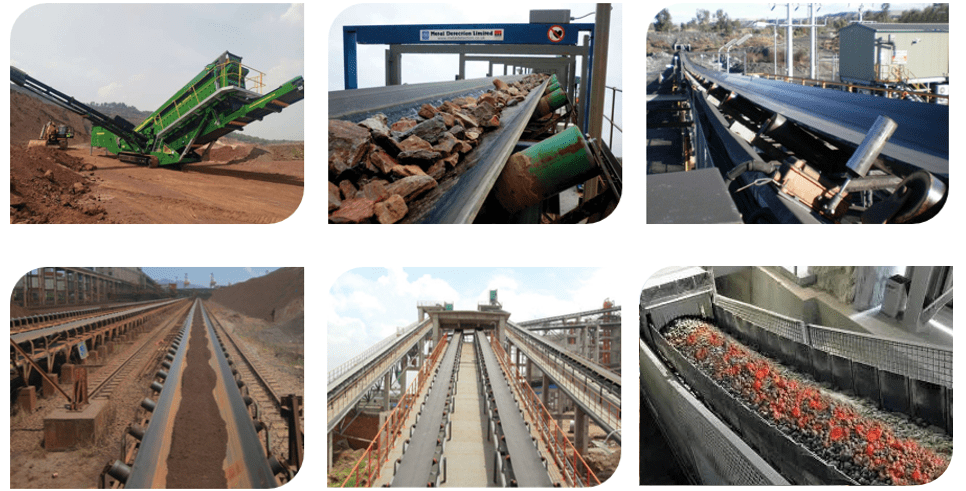At Lakhotia India, we understand the critical role that conveyor belts play in modern industries. Conveyor belts are the lifeline of many manufacturing processes, facilitating the movement of materials and products throughout the production line. However, like any other piece of equipment, conveyor belts require regular maintenance to ensure optimal performance and extend their lifespan.

The Impact of Conveyor Belt Maintenance on Equipment Longevity
Conveyor belts are subjected to constant wear and tear, with materials being transported across them, and regular exposure to harsh operating conditions such as heavy loads, high temperatures, and abrasive materials. Over time, these factors can take a toll on the condition of the conveyor belt, leading to issues such as belt misalignment, excessive wear, and even catastrophic failure.
Conveyor belt maintenance plays a crucial role in mitigating these issues and maximizing the lifespan of the equipment. Regular maintenance not only prevents unexpected breakdowns and costly downtime but also helps to identify and address potential issues before they escalate into major problems. Proper maintenance can significantly reduce the risk of conveyor belt failures, extend the service life of the belt, and ultimately improve the overall performance and efficiency of the production process.
Best Practices for Conveyor Belt Maintenance
To ensure the longevity of your conveyor belt and optimize its performance, it is essential to follow industry best practices for conveyor belt maintenance. Here are some key tips to keep in mind:
- Scheduled Inspections: Regular inspections are critical to identify any signs of wear, damage, or misalignment in the conveyor belt. Inspections should be conducted by trained personnel at scheduled intervals and include a thorough examination of the entire conveyor system, including the belt, pulleys, rollers, and other components.
- Cleaning and Lubrication: Keeping the conveyor belt clean and properly lubricated is vital for preventing wear and reducing friction, which can cause premature belt failure. Regular cleaning and lubrication of the conveyor belt should be part of the maintenance routine, using suitable cleaning agents and lubricants recommended by the manufacturer.
- Tension Adjustment: Proper tensioning of the conveyor belt is crucial for maintaining proper tracking and preventing belt slippage. Regular tension adjustments should be made according to the manufacturer’s recommendations to ensure the belt is properly tensioned and aligned.
- Belt Replacement: Conveyor belts have a finite lifespan and will eventually wear out. It is important to keep track of the age and condition of the conveyor belt and plan for timely replacement before it reaches the end of its service life.
- Training and Education: Ensuring that personnel operating and maintaining the conveyor system are properly trained and educated on best practices for conveyor belt maintenance is critical. Training should cover topics such as safety protocols, inspection procedures, cleaning and lubrication techniques, and belt replacement procedures.
Benefits of Conveyor Belt Maintenance
- Increased Equipment Lifespan: Regular maintenance helps to identify and address potential issues early, preventing costly breakdowns and extending the service life of the conveyor belt.
- Reduced Downtime: Unexpected breakdowns due to conveyor belt failures can result in costly downtime, leading to production delays and loss of revenue. Proper maintenance minimizes the risk of unexpected failures, reducing downtime and improving productivity.
- Improved Efficiency: Well-maintained conveyor belts operate more efficiently, with less energy consumption and reduced material spillage, resulting in cost savings and improved operational efficiency.
- Enhanced Safety: Conveyor belt maintenance includes regular safety inspections and adherence to safety protocols, ensuring, tension adjustments, and timely belt replacement are essential practices to ensure the longevity of conveyor belts and prevent costly downtime. Proper training and education of personnel on conveyor belt maintenance best practices are also crucial.


Leave a Reply